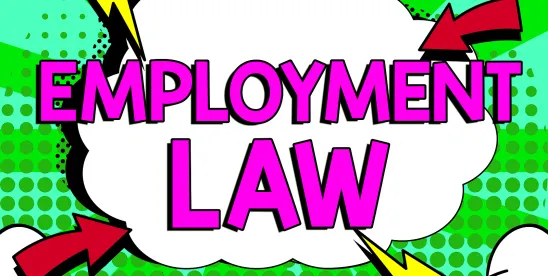Q: I am a general contractor looking to hire subcontractors and their employees to work on my construction site. Can I avoid the subcontractor’s employees being classified as employees for purposes of collective bargaining with my company under the National Labor Relations Act?
A: Maybe, by using a “Cost-Plus” contract and with careful planning, a general contractor may avoid a joint employment relationship with a subcontractor for purposes of avoiding collective bargaining.
This advice is generally applicable to any company hiring employees from another company for labor. A “Cost-Plus” contract is one in which Company A contracts with Company B for labor and sets wages for positions at a fixed rate. Company A pays Company B the amount of money for wages at, for example, $20 per hour but Company B still sets the wages of the employees Company B sends to work for Company A. This indirectly controls Company B’s employees’ wages by setting a ceiling Company B cannot likely afford to exceed.
The Current NLRB Rule
Historically, the joint employment rule is hotly contested and has changed numerous times. Joint employment under the National Labor Relations Act (NLRA) can have significant consequences for employers as they could be required to (1) bargain with employees that the employer only exercises indirect control over, (2) deal with labor picketing or (3) face liability for unfair labor practices.
Recently, the Eastern District of Texas reinstated a 2020 Rule by the National Labor Relations Board (NLRB), after the NLRB attempted to broaden the definition of joint employment (1) by allowing employers who only exercise indirect control to be considered joint employers and (2) by allowing employers who exercise control over only one “essential term and condition” to be considered joint employers. The 2023 Rule also expands the definition of “essential terms of and conditions” to include (1) work rules and directions governing the manner, means and methods of the performance of duties and grounds for discipline, and (2) working conditions related to the safety and health of employees. 29 C.F.R. § 103.40(d) (2023). Thus, under the 2023 Rule, it is possible Company B’s employees would be considered employees of both Company A and Company B, despite Company A only exercising indirect control over wages. Regardless, the 2023 Rule was vacated and the 2020 Rule, with a more limited scope of what joint employment under the NLRA, is the current Rule.
To be a joint employer under the 2020 Rule, the general contractor or employer “must possess and exercise such substantial direct and immediate control over one or more essential terms or conditions of their employment as would warrant finding that the entity meaningfully affects matters relating to the employment relationship with those employees.” 29 C.F.R. § 103.40(a) (2020) (emphasis added). The 2020 Rule provides that indirect control and purely reserved control can be considered; however, they are not themselves sufficient to show joint-employer status.
“Essential terms and conditions of employment” are defined under the 2020 Rule as “wages, benefits, hours of work, hiring, discharge, discipline, supervision, and direction.” 29 C.F.R. § 103.40(b). The rule specifies, for each term of employment, what counts as direct control and what does not. For example, a “cost-plus” contract is indirect control, while determining wages paid to another employer’s employees is direct control. Using the example above, Company A, or the general contractor, with legal assistance, could carefully craft contractual protocols, which would support a finding of no joint employment, as factors other than wages must be considered.
Currently, the NLRB is appealing the Eastern District of Texas’s decision in the Fifth Circuit. As such, joint employment remains a case-by-case analysis because different courts will interpret the Rules differently,



 />i
/>i
